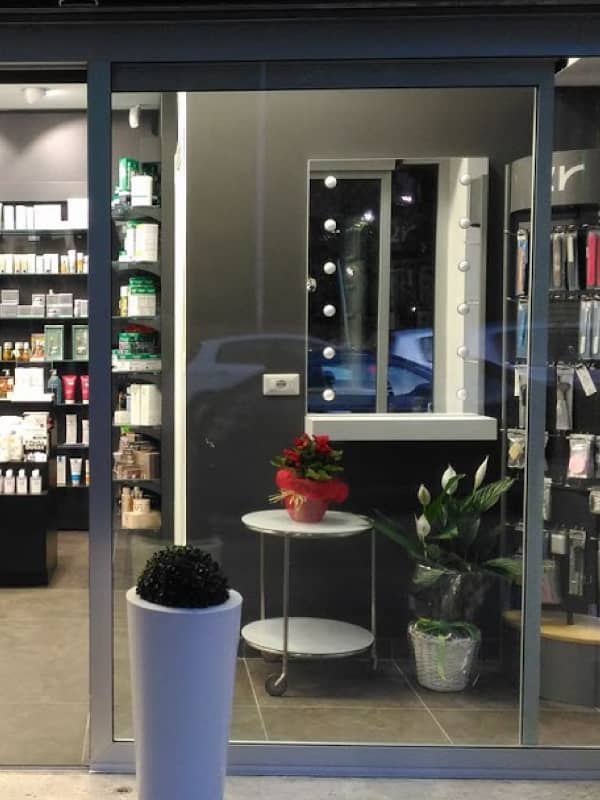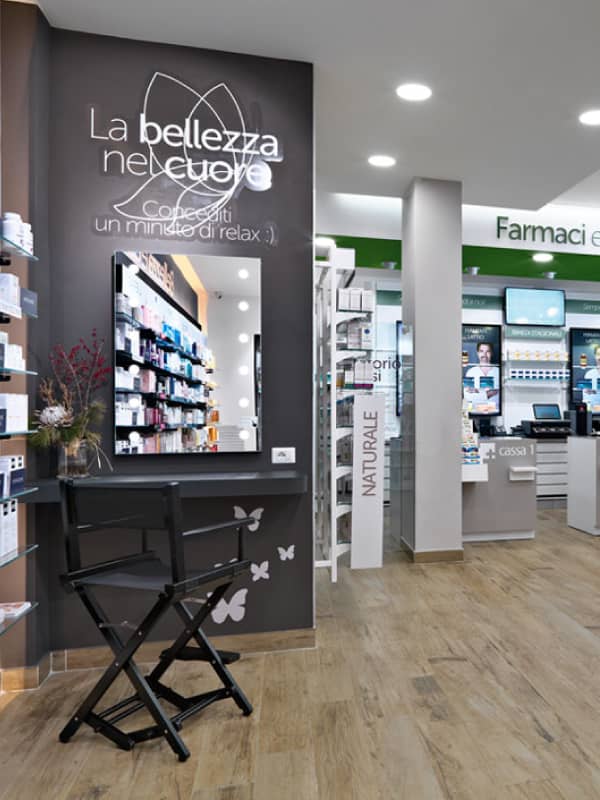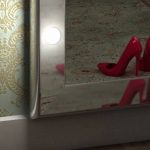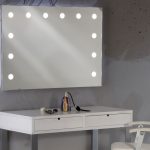
Furnishing the reception of a center for aesthetic medical treatments or plastic surgery, with any point that aims to welcome customers, requires special attention to comfort, aesthetics, and functionality. The design of the reception is the first point of contact with customers and plays a fundamental role in shaping their impression of the center. Therefore, it must be inviting, accurately represent the values and standards of the center, and create a positive and professional atmosphere.
We have compiled this list of important elements to consider when setting out to furnish or redesign the reception:
Comfort: Choose sofas and armchairs that should be inviting and comfortable. It’s also important to consider ergonomic furniture for the staff working at the reception.
Lighting: Natural light should be maximised. Complement this with sufficiently bright artificial lighting to create a relaxing environment.
Space and organisation: The reception should be easily accessible and free from clutter. It is essential to have a tidy reception desk and a spacious waiting area. Ensure enough space for movement and consider adding discreet separators for customer privacy.
Technology: Incorporate modern technology discreetly. Screens for displaying information, electronic booking systems and Wi-Fi for customers can enhance the overall experience.
Quality materials: Use high-quality materials that are durable and easy to clean. Glass, stainless steel or high-quality wood can add a touch of elegance.
Natural elements: The use of plants or water features such as small fountains can create a calming atmosphere and connect the space with nature.
Information and signage: Ensure that important information is easily visible. This includes signage, informative brochures, and possibly a digital display showing services and promotions.
Cleanliness and order: Granted they are essential for hygiene, but they also convey an image of professionalism and attention to detail. So in choosing furnishings, consider how easy it is to keep this space tidy and clean.
Furnishing styles in a healthcare environment
When it comes to furnishing a healthcare environment, there’s often a risk of falling into stereotypes that make them all look the same. It’s not necessary to stick to ‘white at all costs’; it’s important to choose a style that reflects professionalism and innovation, that takes into account the target clientele and the philosophy of the centre.
Identify the main demographic target of your centre. This includes age, gender, interests, and socio-economic level. For example, a younger clientele might prefer a modern and high-tech style, while a more mature clientele might appreciate a classic and elegant design.
The style should be an extension of the centre’s values and vision. If the centre emphasises luxury and exclusivity, an elegant and high-end style might be appropriate. If, on the other hand, it focuses on sustainability and eco-friendliness, an eco-friendly style with natural and recycled materials would be more suitable.
We have selected 4 interior design styles that can be adapted to these environments:
Luxurious and Elegant: it uses premium materials such as marble, stainless steel, and polished wood. The colours are often subdued yet rich, such as black, dark grey, or navy blue, often paired with metallic accents or crystals.
High-Tech: characterised by the use of advanced technologies, LED lighting, and furniture with innovative design. This style conveys an image of technological advancement and cutting-edge in the field of aesthetic medicine.
Natural: it incorporates natural elements like wood, stone, and plants. This style aims to create a calming and relaxing atmosphere, using earthy colours and natural textures.
Urban Chic: it combines modern elements with industrial touches, such as the use of raw metal, exposed concrete, and large windows. This style is ideal for centres located in urban and modern settings.
The mirror in an aesthetic clinic
The mirror plays a significant role in the furnishing of an aesthetic medicine clinic for several reasons:
Interaction and Consultation: During consultations, mirrors allow professionals to show clients the areas of interest, facilitating communication and understanding of the proposed treatments. It is crucial for clients to observe the results of the treatments. It allows them to immediately see the changes and improvements, increasing satisfaction and trust in the services offered.
Lighting and Spaciousness: A well-placed mirror can improve the lighting of a room by reflecting natural or artificial light. Moreover, mirrors create an illusion of more space, making the environment more welcoming and less claustrophobic.
Design and Atmosphere: in summary, mirrors in an aesthetic medical center are design elements that can be used to emphasize the style and elegance. They can vary in shape, size, and frame, adapting to the style of the furnishings and contributing to creating a relaxing and professional atmosphere.
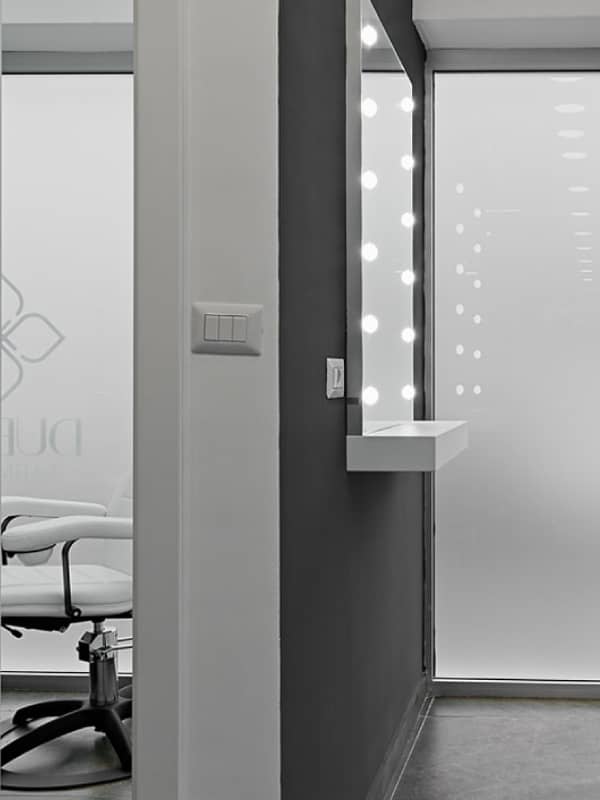
Mirror with lights in pharmacies and parapharmacies
Among our clients, we have many pharmacies and para-pharmacies; over the years, greater attention to the composition of aesthetic products has led the pharmacy environment to transform into an important consultation point for choosing both skin care and make-up treatments.
Hence the need to offer these clients a dedicated area of the pharmacy for a more comfortable evaluation of the products; which becomes an opportunity for the facility to offer more structured consultations and thus increase the sales volumes of these product ranges, thanks to a more complete and personalised shopping experience.
A corner for dedicated reception for these clients does not require large spaces: it should host an illuminated mirror, and usually, a vertical orientation is preferred to make the most of the space in existing niches; and ideally a professional chair (designed for the comfort of both the client and the operator), to complete the experience.
